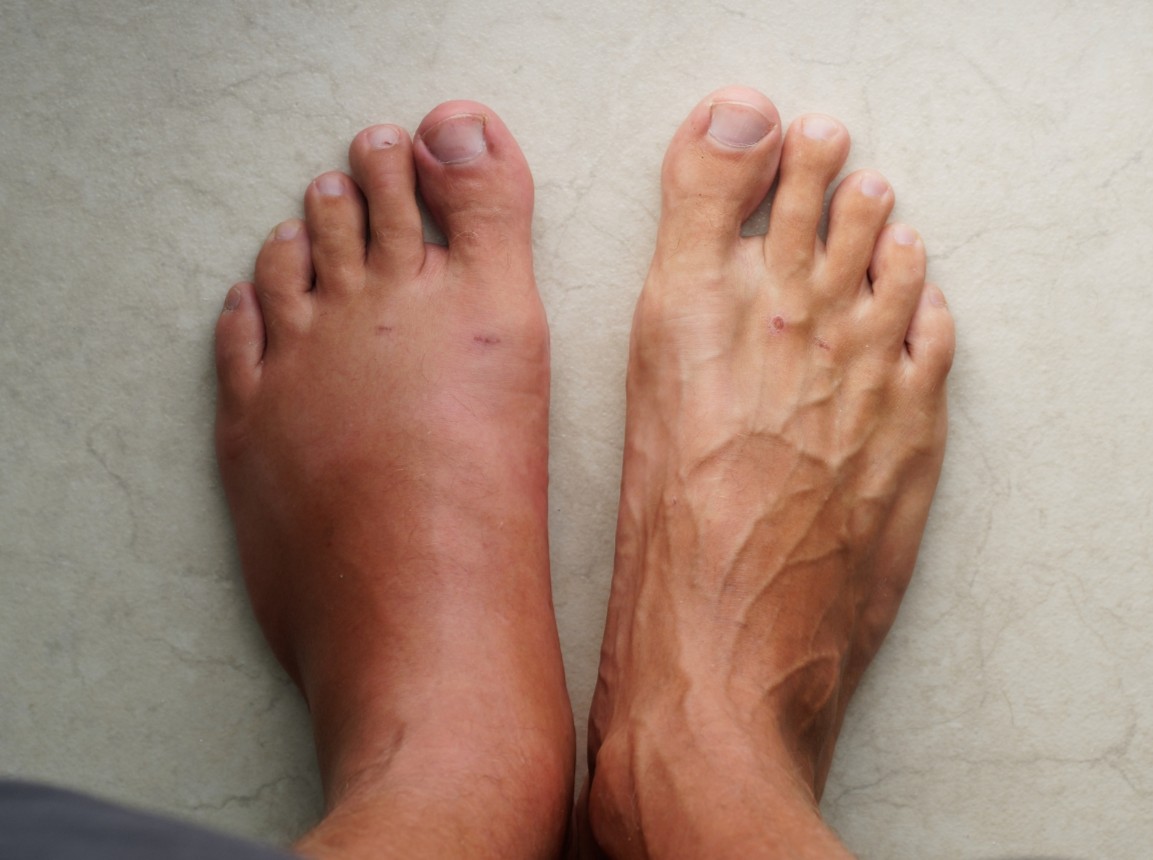Patellar tendinopathy (or tendonitis) is a painful condition that affects the patellar tendon across the knee. Because of the great stress that is placed on the patellar tendon during jumping sports, it is often referred to as Jumper’s Knee.

Patellar tendinopathy describes damage to and subsequent inflammation of the patellar tendon. This is the tendon that runs across the front of the knee and attaches the quadriceps and the patella (kneecap) to the tibia (shin bone). It works to both help straighten the knee from a bent position, as well as to protect the knee joint by helping keep the patella in place. The patella tendon (and quadriceps from where it originates) play an essential role in our ability to run, kick, jump, and generally move our legs.
Patellar tendinopathy is typically an overuse injury in high-impact sports, occurring when the tendon is repeatedly stressed and
overloaded. This results in small tears through the tendon fibres and the onset of symptoms. An example of such overloading is repetitive
jumping (and landing) like in volleyball or netball, as well as sports where players start and stop quickly, and often change direction.
Additional causes include:
Without adequate management and recovery, the damage to the patellar tendon may result in long-term weakness with ongoing issues. This is the case for most of the older population that develop patellar tendinopathy, where damage to the patellar tendon has accumulated over time.
Symptoms of patellar tendinopathy can include:

If you have knee pain and suspect you may have patellar tendinopathy, you’ll want to take care and ensure to get it checked by your podiatrist. While it may start out as an uncomfortable niggle, it can weaken significantly and become a longstanding (chronic) tendinopathy with a very long recovery time to get the tendon back to its full strength and function. Proper care and management at the early stages stops this progression and helps restore your tendon to its healthy, fully functioning state in a much faster time and with much less effort.
Patellar tendinitis, often referred to as “jumper’s knee,” is an overuse injury affecting the tendon that connects the kneecap (patella) to the shinbone. It’s commonly seen in athletes and active individuals — especially those involved in running, jumping, or sudden directional changes. Effective treatment focuses on reducing inflammation, improving tendon health, and correcting biomechanical load.
Depending on your symptoms and how long they’ve been present, your treatment may include:




.jpg)


We’ve all had those days — you come home after hours on your feet, kick off your shoes, and notice your ankles look puffier than usual.
Swelling in the feet, ankles, or legs (known medically as edema) isn’t always a reason to panic. It can be as simple as a
salty lunch or a long flight.
But what if it’s happening more often — or seems to be getting worse? Swelling can sometimes be a sign of something more serious. Here’s
what could be going on and when to check in with your doctor.
.jpg)
Every year on October 8th, the world celebrates International Podiatry Day - a day dedicated to
raising awareness about foot health and the vital role that podiatrists play in our overall well-being.
Keeping your family on their feet and helping them to walk, run, play and exceed their goals is why we love getting up in the morning.
Ground Floor, One Health Building
122 Remuera Rd, Remuera
Auckland 1050, New Zealand
| MON - FRI | 7:30am – 6:30pm |
| SAT | 8:30am – 4:30pm |
| SUN | Some availability |
Make an Appointment
Online Schedule
Our virtual receptionist is available 24/7 to help with general questions, booking requests, and clinic information, even when our team is busy, or it's after hours.
Whether you're calling us or using our website, you'll get fast assistance any time of day. And if your query needs a personal touch, a member of our team will follow up as soon as possible.
If you’d like to see a podiatrist who speaks your preferred language, just give us a call and we’ll help you book.